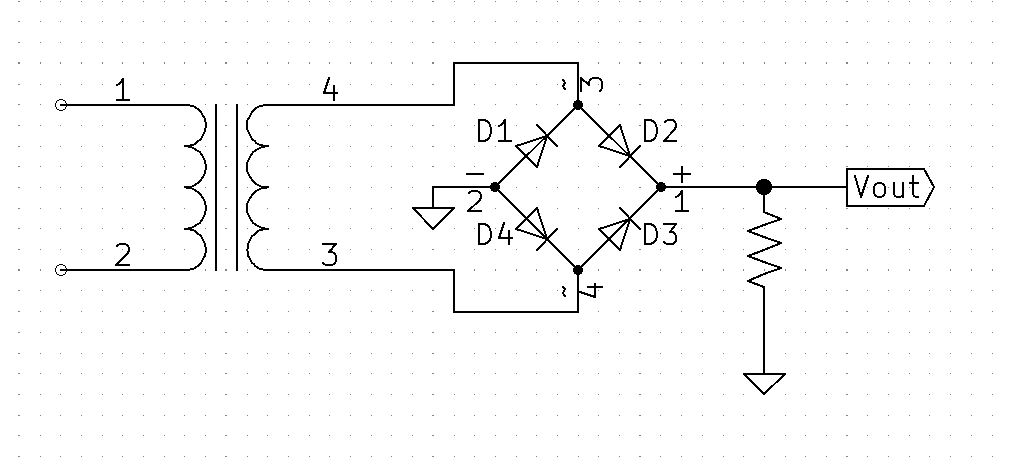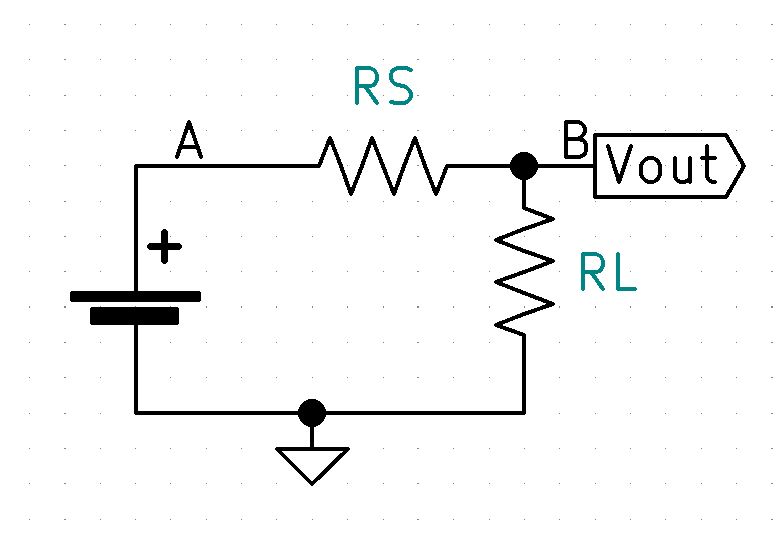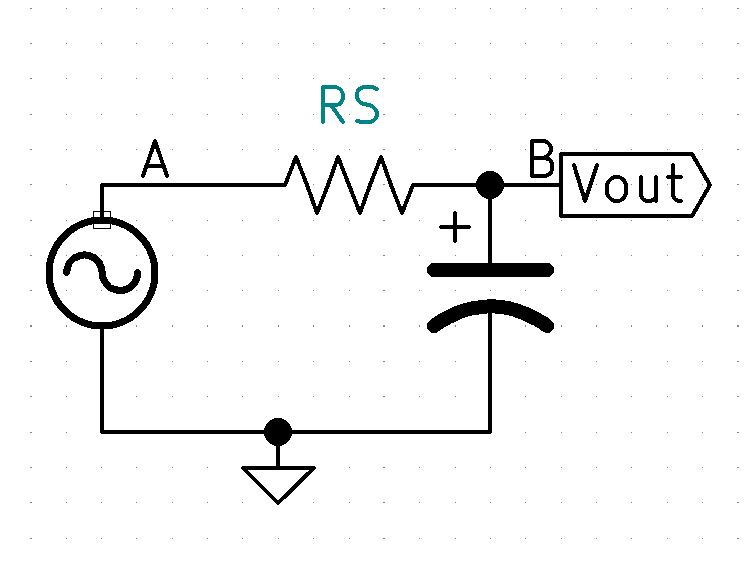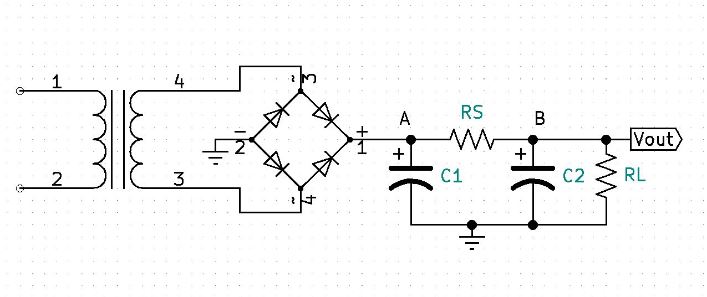Previous Article in this series
The prerequisite for this article can be read here: Unregulated Fullwave Bridge Rectifier with Filtering
Given
Calculate Primary Voltage
Primary Peak to Peak Voltage Waveform
Calculate Secondary Voltage
Find the Secondary Peak Voltage.
Secondary Voltage Waveform
Find Unfiltered Output Voltage
Imagine the circuit without the filter capacitor.
During the positive cycle diodes, D2 and D4 will be forward-biased allowing current to flow to the output.
During the positive cycle diodes, D1 and D3 will be forward-biased allowing current to flow to the output.

Unfiltered Output Waveform Voltage 120hz
Point A, Add C1 Filtering
Capacitor C1 will immediately charge to 41.033V (Vsecondary – 2Vdiode). During the valley of the waveform, the capacitor will have one cycle worth of time to discharge, this is a full-wave rectifier, the time will be 1/120hz or8.333ms. C2 will look like an open to C1. C1’s discharge path is through RS and RL. Because we are looking for a discharge voltage, Vfinal will be equal to zero volts in our formula and Vinitial will be equal to 41.033V.
$$VC_{maxPointA}=41.033V$$
Point A, Filtered Output Waveform Voltage 120hz
Point A, Vrpp & VDC
V ripple peak to peak is found by subtracting Vmax from Vmin & VDC is the average voltage.
Point A, VDC Waveform Voltage represented in blue
Point B
Now that we know what is happening at point A, we can solve for the waveform voltages at point B. Because the AC ripple will be superimposed on the DC we can simply analyze the circuit both as a DC circuit and then as an AC circuit and our output waveform will be the analysis of both superimposed.
Point B, DC analysis
Capacitors will look like an open to DC. Therefore, the circuit redraw for DC will look like the following.

Point B, DC Calculations
Point B, AC analysis
Find the approximate capacitive reactance of C2 at 120hz.
$$XC_{C2}=\frac{1}{2\pi F C}$$
$$XC_{C2}=\frac{1}{2\pi\times120hz\times20uF}$$
Equivalent AC circuit

AC Out Calculations
Impedance Calculations
Current Calculations
Vout ripple calculations
Superimposed AC & DC
Knowing that our output DC is 37.588V and our AC ripple out is 411.62mVpp, we can now superimpose and find our voutmaxp and voutminp voltages.
Find ripple peak voltage
Find Vmax and Vmin output voltages
Output Superimposed AC/DC waveform
Vrms & %ripple
Vrms is the RMS equivalent of the ripple voltage and %ripple is a ratio of Vrms to VDC, describing how well the output DC is filtered.
Notice that the ripple waveform is more triangular than sinusoidal. This is why we use the square root of 3 rather than 2.
